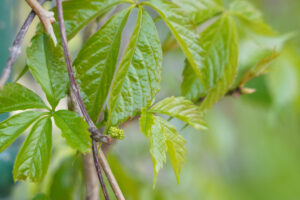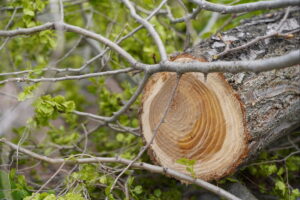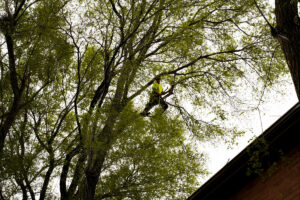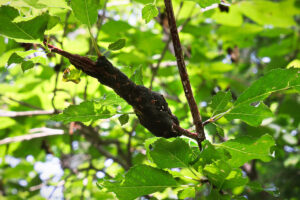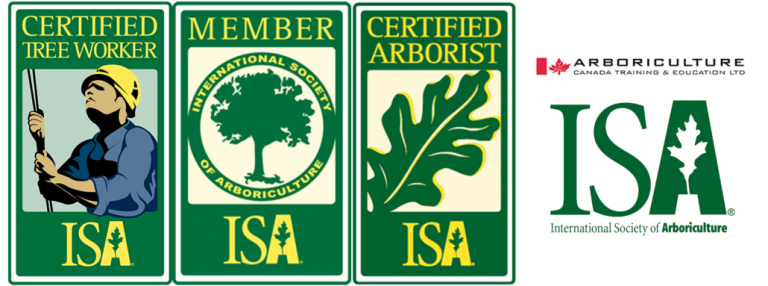How to Examine Your Trees for Storm Damage
In the wake of a storm, there can be devastating property damage. Hail storms can tear up roofs and gardens, and severe thunderstorms can damage even the sturdiest tree. As you examine your property for risks after a storm, be sure to add your trees to a checklist. Here are common signs of damage that can spell danger:
Is your tree leaning?
Sometimes trees grow crooked or have a natural slant to them. However, if you notice that your tree is leaning more than before the storm, carefully investigate the perimeter of the tree for upturned dirt. This hints at a recent disturbance, or newly visible roots. These signs mean the tree as a whole could be unstable and liable to fall. If your trees have fallen over completely, you will also want to contact tree professionals for a safe and complete removal.
Do you see ripped or split branches?
Branches are the most common targets for wind damage and for collapsing under heavy snow. As you investigate your property after a storm, check your tree for raw wood; which will be lighter than the surrounding bark. This is a sign that branches have torn partially or completely away.
However, not all storm damage is immediately visible. If you heard your tree creaking throughout a storm or your neighbors have moderate to severe tree damage, take the precaution of calling a tree care expert. Some signs of damage aren\’t visible from the ground and weakened or stressed branches can tear in the days following the storm.
If you see signs of damage or suspect that your tree is a risk to your home or property, contact Advanced Tree Care. You can follow along on Facebook and Instagram, or you can contact us here if you have any questions.

